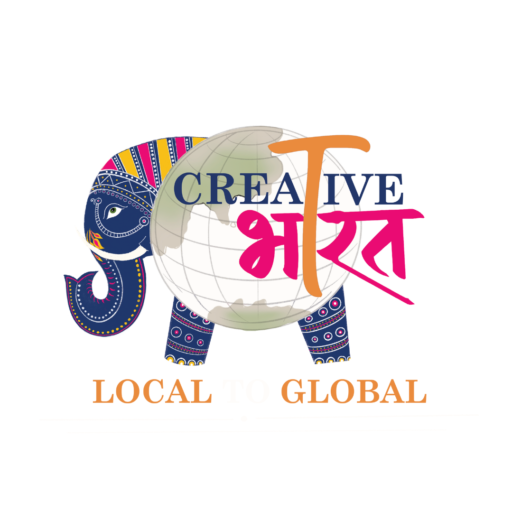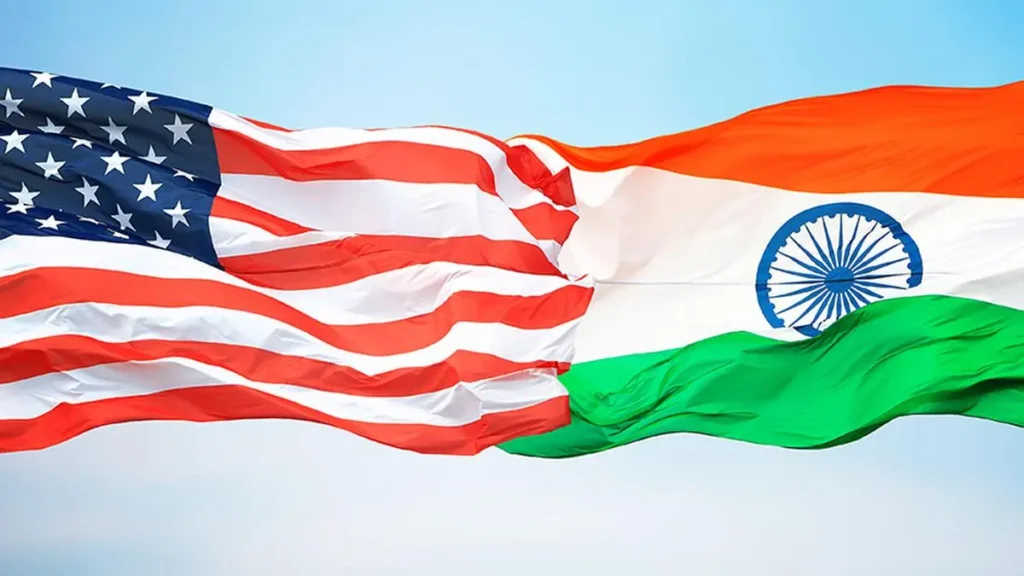India’s Healthcare Sector Seeks Surge in Medical Tourism from Foreign Patients, ETHealthworld
Mumbai: India’s healthcare providers are vying for a greater share of overseas patients amid a surge in foreign tourists arriving in the country for medical treatment, said industry executives.
It comes as foreign tourist arrivals in India for medical treatment shot up to nearly 650,000 in 2024 from just over 180,000 in 2020. In the first four months of 2025, the figure stood at 131,856, according to data recently released by the tourism ministry.
Moreover, India’s hospitals are no longer attracting patients from just South Asia, Africa and West Asia, but are also reporting increasing enquiries from Europe and the UK, where strained public systems are pushing patients abroad.
Leading healthcare chains in the country such as Max Healthcare, Apollo Hospitals, Fortis and Aster DM Healthcare are increasingly positioning themselves as global solutions providers to the mounting crisis in healthcare delivery worldwide, with many of them hoping to double their overseas revenue contribution by next year.
“India has a comparative advantage in attracting international patients which no other nation has,” said Abhay Soi, chairman and managing director, Max Healthcare, India’s largest healthcare chain by market cap.
“We are an answer to the world’s healthcare problem — our costs are significantly lower, our doctors handle huge surgical volumes, and wherever patients face long waits, like the UK, India can be the natural alternative.”
About 9% of the chain’s overall revenue in 2024-25 came from overseas patients.
Vishal Bali, executive chairman of investment platform Asia Healthcare Holdings, said India’s growing appeal as a global healthcare hub is driven by the credibility of Indian clinicians who are well regarded internationally, the significant cost arbitrage compared to developed markets and the systemic problems abroad such as high co-pays in the US and long wait times in Europe.
The UK’s National Health Service (NHS) is a case in point, with 7.4 million people on waiting lists. Of this, about 2.83 million have been waiting more than 18 weeks, while more than 190,000 patients have been waiting more than a year for elective care.
Can India save the NHS? Alisha Moopen, deputy managing director, Aster DM Healthcare, was recently asked this question at an event in London. “They were just talking about the acute issues they’re having in terms of surgical workload or even diagnostic workload in England… They are awfully short,” she told ET. “While a number of these people are going out to Turkey, Hungary and Germany for care, India is becoming more and more prominent.”
Aster DM Healthcare, which recently merged with US private equity firm Blackstone-backed Quality Care India, said it will “proactively explore” medical tourism in newer regions beyond its current strongholds such as Bangladesh, Maldives, Oman and Sri Lanka.
EXPLORING NEW MARKETS
Apollo Hospitals, India’s largest multi-specialty hospital chain by revenue, is looking at doubling the contribution of international patients. “Currently, it is 5% of revenue. We hope that it will be 7% of revenues by the close of the year, targeting 10% of revenue for the next year,” managing director Suneeta Reddy told investors recently.
Apart from its close engagement with patients from Bangladesh, Africa and West Asia and Commonwealth of Independent States members, the company is looking at new markets.
“Southeast Asia and further up are of great interest to us. We are partnering with a project in Malaysia to build a hospital. We are actively engaged in discussions in various countries, including Malaysia, Brunei, as well as offering services in the Philippines,” said Madhu Sasidhar, president and CEO, Apollo Hospitals.
Fortis Healthcare, where international patients contribute about 8% to overall revenue, expects an increase in overseas contribution in absolute terms, managing director and CEO Ashutosh Raghuvanshi told investors on a recent call. Experts said unlike ageing western nations facing staff shortages, India’s young population provides a steady supply of nurses, technicians and support staff.




